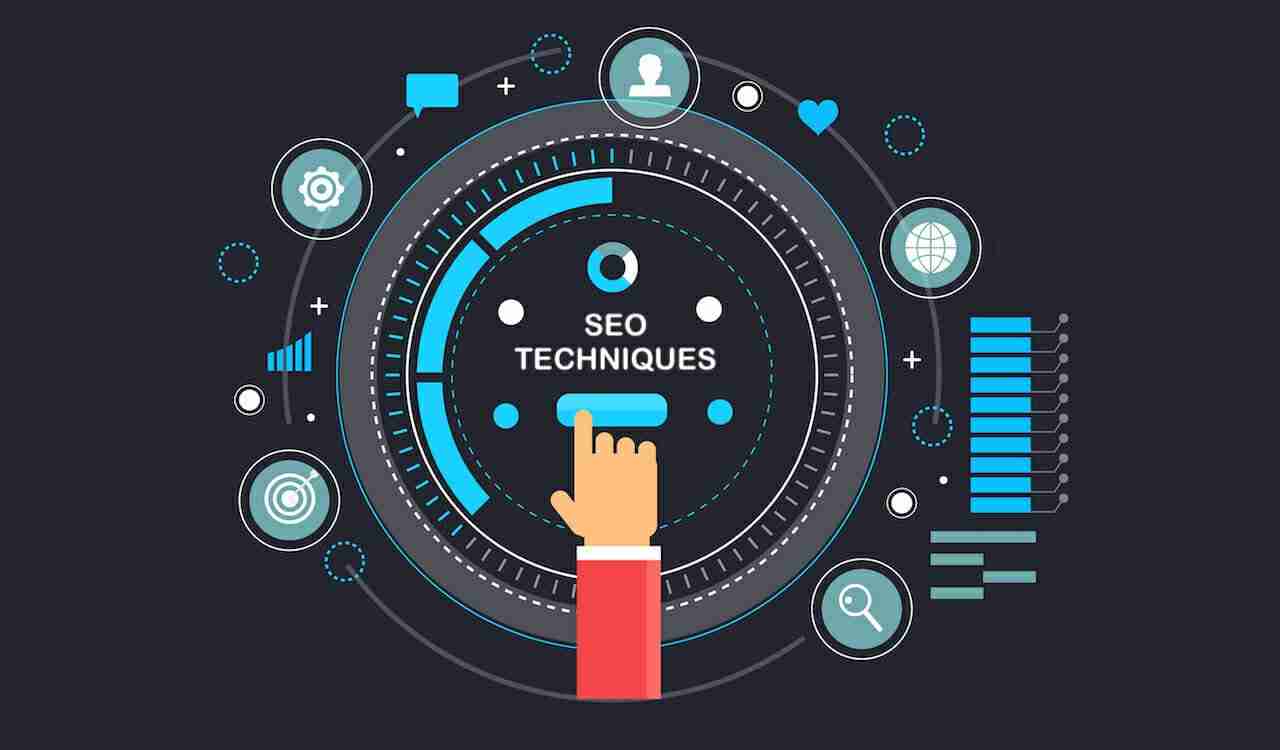
The internet has continuously evolved over the years, from simple text-based pages to immersive, visually stunning web applications. With the rise of 3D web development, the digital landscape is shifting towards more interactive and engaging experiences. Whether for gaming, e-commerce, education, or entertainment, 3D web development is becoming a cornerstone of modern web design.
In this guide, we will explore how 3D web development is evolving, the technologies driving it, and the impact it will have on user experiences.
**The Rise of 3D [web development](https://bkthemes.design/web-design-web-development-services/)**
With advancements in web technologies and increased processing power, 3D experiences are no longer confined to high-end applications. Today, users expect more interactive and engaging experiences, and 3D elements add depth and realism to web pages.
**Key Factors Driving the Growth of 3D [web development](https://bkthemes.design/web-design-web-development-services/):**
- **Increased Processing Power:** Modern devices can handle complex 3D graphics efficiently.
- **Advancements in WebGL and WebGPU:** These technologies enable browser-based 3D rendering.
- **VR and AR Integration:** The demand for immersive experiences is pushing the boundaries of [web development](https://bkthemes.design/web-design-web-development-services/).
- **Growing User Expectations:** As users become accustomed to dynamic interfaces, traditional static pages no longer suffice.
- **Increased Processing Power:** Modern devices can handle complex 3D graphics efficiently.
- **Advancements in WebGL and WebGPU:** These technologies enable browser-based 3D rendering.
- **VR and AR Integration:** The demand for immersive experiences is pushing the boundaries of [web development](https://bkthemes.design/web-design-web-development-services/).
- **Growing User Expectations:** As users become accustomed to dynamic interfaces, traditional static pages no longer suffice.
**Technologies Powering 3D [web development](https://bkthemes.design/web-design-web-development-services/)**
Several technologies have emerged as key enablers of 3D web experiences. These tools and frameworks allow developers to create stunning visual elements and ensure smooth performance across devices.
**1. WebGL**
WebGL (Web Graphics Library) is a JavaScript API that enables 3D rendering within web browsers without requiring additional plugins.
Advantages:
- Cross-platform compatibility.
- Direct access to GPU for high-performance graphics.
- Supports real-time rendering for animations and simulations.
**2. WebGPU**
WebGPU is the successor to WebGL, providing even better performance and allowing developers to take full advantage of modern graphics hardware.
Advantages:
- Enhanced efficiency in rendering complex scenes.
- Improved resource management for better scalability.
- Better support for machine learning applications in web environments.
**3. Three.js**
Three.js is a JavaScript library that simplifies 3D rendering using WebGL, making it more accessible to developers.
Advantages:
- Easy-to-use API for creating 3D objects.
- Extensive documentation and community support.
- Works seamlessly with other libraries and frameworks.
**4. Babylon.js**
Another powerful JavaScript framework for 3D web development, Babylon.js offers a rich set of tools for creating detailed virtual experiences.
Advantages:
- Real-time physics and lighting effects.
- VR and AR integration capabilities.
- Supports game development within the browser.
**5. A-Frame**
A-Frame is an open-source web framework designed specifically for building VR experiences on the web.
Advantages:
- Simplifies VR development with an easy-to-learn syntax.
- Supports WebXR for cross-platform VR applications.
- Integrates well with Three.js and other libraries.
**Applications of 3D [web development](https://bkthemes.design/web-design-web-development-services/)**
3D web technologies are transforming multiple industries, providing engaging and interactive experiences in various fields.
**1. E-Commerce and Retail**
- **Product Visualization:** Shoppers can view products in 3D, rotate them, and see details from every angle.
- **Virtual Try-Ons:** Users can see how products look in a real-world setting using AR.
- **Interactive Showrooms:** Brands can create fully immersive online stores.
- **Product Visualization:** Shoppers can view products in 3D, rotate them, and see details from every angle.
- **Virtual Try-Ons:** Users can see how products look in a real-world setting using AR.
- **Interactive Showrooms:** Brands can create fully immersive online stores.
**2. Education and Training**
- **Virtual Classrooms:** Students can interact with 3D models for better understanding.
- **Medical Simulations:** Medical students can practice procedures in a virtual environment.
- **Technical Training:** Employees can train in realistic simulations before performing tasks in real life.
- **Virtual Classrooms:** Students can interact with 3D models for better understanding.
- **Medical Simulations:** Medical students can practice procedures in a virtual environment.
- **Technical Training:** Employees can train in realistic simulations before performing tasks in real life.
**3. Gaming and Entertainment**
- **Web-Based Games:** 3D gaming is becoming increasingly popular, eliminating the need for downloads.
- **Interactive Storytelling:** Web-based experiences allow users to explore narratives in a more engaging way.
- **Augmented Reality (AR) and Virtual Reality (VR):** Immersive experiences enhance user interaction with digital environments.
- **Web-Based Games:** 3D gaming is becoming increasingly popular, eliminating the need for downloads.
- **Interactive Storytelling:** Web-based experiences allow users to explore narratives in a more engaging way.
- **Augmented Reality (AR) and Virtual Reality (VR):** Immersive experiences enhance user interaction with digital environments.
**4. Architecture and Real Estate**
- **Virtual Tours:** Prospective buyers can explore properties in 3D before visiting in person.
- **3D Modeling:** Architects can showcase their designs interactively.
- **Urban Planning:** City planners can visualize developments before construction begins.
- **Virtual Tours:** Prospective buyers can explore properties in 3D before visiting in person.
- **3D Modeling:** Architects can showcase their designs interactively.
- **Urban Planning:** City planners can visualize developments before construction begins.
**Challenges in 3D [web development](https://bkthemes.design/web-design-web-development-services/)**
Despite its many advantages, 3D web development comes with its own set of challenges.
**1. Performance Optimization**
- Rendering 3D models requires significant processing power, which can impact site performance.
- Developers must balance detail and efficiency to prevent slow loading times.
- Rendering 3D models requires significant processing power, which can impact site performance.
- Developers must balance detail and efficiency to prevent slow loading times.
**2. Accessibility and Usability**
- Not all users have devices capable of rendering high-quality 3D content.
- Ensuring accessibility for all users, including those with disabilities, is essential.
- Not all users have devices capable of rendering high-quality 3D content.
- Ensuring accessibility for all users, including those with disabilities, is essential.
**3. Browser Compatibility**
- While modern browsers support 3D rendering, some older versions may struggle.
- Testing across different browsers is crucial to ensure a consistent experience.
- While modern browsers support 3D rendering, some older versions may struggle.
- Testing across different browsers is crucial to ensure a consistent experience.
**4. Development Complexity**
- Creating interactive 3D content requires specialized skills.
- Learning curves for tools like WebGL and Three.js can be steep for beginners.
- Creating interactive 3D content requires specialized skills.
- Learning curves for tools like WebGL and Three.js can be steep for beginners.
**Future of 3D [web development](https://bkthemes.design/web-design-web-development-services/)**
The future of web development is undoubtedly moving toward more immersive and interactive experiences. Here are some trends to watch:
**1. AI and Machine Learning Integration**
- AI-powered 3D web applications can dynamically adjust content based on user behavior.
- Generative AI can create more realistic and adaptive 3D environments.
- AI-powered 3D web applications can dynamically adjust content based on user behavior.
- Generative AI can create more realistic and adaptive 3D environments.
**2. Enhanced WebXR Capabilities**
- The expansion of WebXR will make AR and VR more accessible within browsers.
- Web-based virtual reality will become more prevalent for training, education, and entertainment.
- The expansion of WebXR will make AR and VR more accessible within browsers.
- Web-based virtual reality will become more prevalent for training, education, and entertainment.
**3. Decentralized 3D Experiences**
- The rise of Web3 and blockchain could lead to decentralized, user-owned 3D environments.
- Virtual worlds like the Metaverse will leverage 3D [web development](https://bkthemes.design/web-design-web-development-services/) for fully immersive digital interactions.
- The rise of Web3 and blockchain could lead to decentralized, user-owned 3D environments.
- Virtual worlds like the Metaverse will leverage 3D [web development](https://bkthemes.design/web-design-web-development-services/) for fully immersive digital interactions.
**4. Improved Hardware Support**
- Faster GPUs and optimized browser engines will improve rendering speeds.
- Devices will continue to support higher-quality graphics without performance sacrifices.
- Faster GPUs and optimized browser engines will improve rendering speeds.
- Devices will continue to support higher-quality graphics without performance sacrifices.
**Conclusion**
3D web development is revolutionizing the way we interact with digital content. Whether for online shopping, education, gaming, or real estate, immersive web experiences are enhancing engagement and functionality. As technology continues to evolve, developers must stay ahead by learning the latest frameworks and optimizing their projects for the future.
Are you ready to embrace the future of 3D web development? Start exploring these technologies today and build the next generation of interactive web experiences!
📧 Stay Updated
Get the latest web development tips and insights delivered to your inbox.




